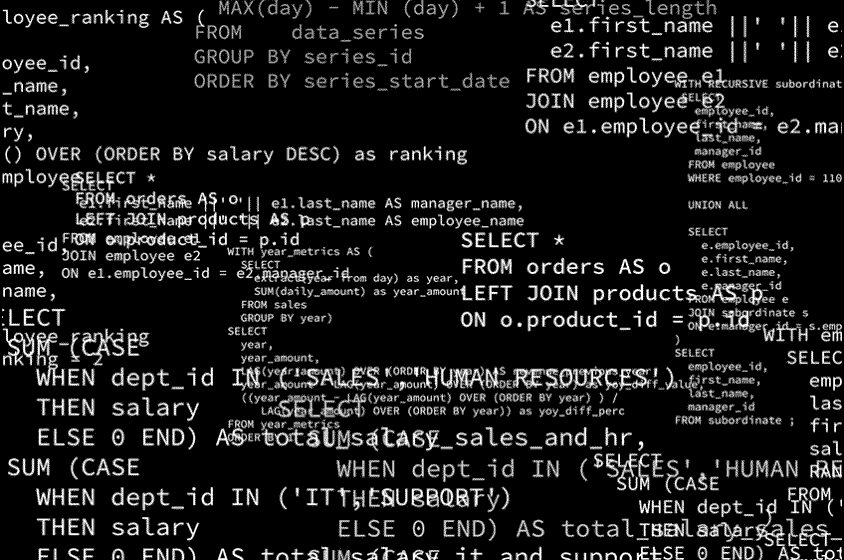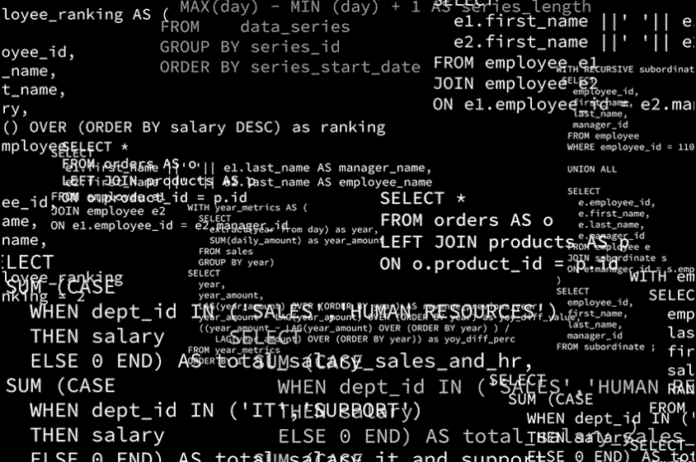
Programmers can now use giant language fashions (LLMs) to generate laptop code extra rapidly. Nevertheless, this solely makes programmers’ lives simpler if that code follows the foundations of the programming language and doesn’t trigger a pc to crash.
Some strategies exist for making certain LLMs conform to the foundations of no matter language they’re producing textual content in, however many of those strategies both distort the mannequin’s meant which means or are too time-consuming to be possible for advanced duties.
A brand new strategy developed by researchers at MIT and elsewhere routinely guides an LLM to generate textual content that adheres to the foundations of the related language, akin to a selected programming language, and can also be error-free. Their technique permits an LLM to allocate efforts towards outputs which are most definitely to be legitimate and correct, whereas discarding unpromising outputs early within the course of. This probabilistic strategy boosts computational effectivity.
On account of these effectivity features, the researchers’ structure enabled small LLMs to outperform a lot bigger fashions in producing correct, correctly structured outputs for a number of real-world use instances, together with molecular biology and robotics.
In the long term, this new structure may assist nonexperts management AI-generated content material. As an example, it may permit businesspeople to write down advanced queries in SQL, a language for database manipulation, utilizing solely pure language prompts.
“This work has implications past analysis. It may enhance programming assistants, AI-powered information evaluation, and scientific discovery instruments by making certain that AI-generated outputs stay each helpful and proper,” says João Loula, an MIT graduate scholar and co-lead creator of a paper on this framework.
Loula is joined on the paper by co-lead authors Benjamin LeBrun, a analysis assistant on the Mila-Quebec Synthetic Intelligence Institute, and Li Du, a graduate scholar at John Hopkins College; co-senior authors Vikash Mansinghka ’05, MEng ’09, PhD ’09, a principal analysis scientist and chief of the Probabilistic Computing Challenge within the MIT Division of Mind and Cognitive Sciences; Alexander Okay. Lew SM ’20, an assistant professor at Yale College; Tim Vieira, a postdoc at ETH Zurich; and Timothy J. O’Donnell, an affiliate professor at McGill College and a Canada CIFAR AI Chair at Mila, who led the worldwide staff; in addition to a number of others. The analysis can be introduced on the Worldwide Convention on Studying Representations.
Implementing construction and which means
One frequent strategy for controlling the structured textual content generated by LLMs includes checking a whole output, like a block of laptop code, to ensure it’s legitimate and can run error-free. If not, the consumer should begin once more, racking up computational sources.
Alternatively, a programmer may cease to test the output alongside the way in which. Whereas this will make sure the code adheres to the programming language and is structurally legitimate, incrementally correcting the code might trigger it to float from the which means the consumer meant, hurting its accuracy in the long term.
“It’s a lot simpler to implement construction than which means. We will rapidly test whether or not one thing is in the suitable programming language, however to test its which means it’s important to execute the code. Our work can also be about coping with these various kinds of data,” Loula says.
The researchers’ strategy includes engineering information into the LLM to steer it towards essentially the most promising outputs. These outputs usually tend to observe the structural constraints outlined by a consumer, and to have the which means the consumer intends.
“We’re not attempting to coach an LLM to do that. As an alternative, we’re engineering some information that an professional would have and mixing it with the LLM’s information, which presents a really completely different strategy to scaling than you see in deep studying,” Mansinghka provides.
They accomplish this utilizing a method referred to as sequential Monte Carlo, which permits parallel technology from an LLM to compete with one another. The mannequin dynamically allocates sources to completely different threads of parallel computation based mostly on how promising their output seems.
Every output is given a weight that represents how doubtless it’s to be structurally legitimate and semantically correct. At every step within the computation, the mannequin focuses on these with increased weights and throws out the remaining.
In a way, it’s just like the LLM has an professional trying over its shoulder to make sure it makes the suitable selections at every step, whereas conserving it targeted on the general purpose. The consumer specifies their desired construction and which means, in addition to find out how to test the output, then the researchers’ structure guides the LLM to do the remaining.
“We’ve labored out the arduous math in order that, for any sorts of constraints you’d like to include, you’ll get the right weights. In the long run, you get the suitable reply,” Loula says.
Boosting small fashions
To check their strategy, they utilized the framework to LLMs tasked with producing 4 kinds of outputs: Python code, SQL database queries, molecular buildings, and plans for a robotic to observe.
When in comparison with present approaches, the researchers’ technique carried out extra precisely whereas requiring much less computation.
In Python code technology, as an illustration, the researchers’ structure enabled a small, open-source mannequin to outperform a specialised, business closed-source mannequin that’s greater than double its measurement.
“We’re very excited that we are able to permit these small fashions to punch approach above their weight,” Loula says.
Shifting ahead, the researchers wish to use their approach to manage bigger chunks of generated textual content, moderately than working one small piece at a time. In addition they wish to mix their technique with studying, in order that as they management the outputs a mannequin generates, it learns to be extra correct.
In the long term, this venture may have broader functions for non-technical customers. As an example, it may very well be mixed with techniques for automated information modeling, and querying generative fashions of databases.
The strategy may additionally allow machine-assisted information evaluation techniques, the place the consumer can converse with software program that precisely fashions the which means of the information and the questions requested by the consumer, provides Mansinghka.
“One of many elementary questions of linguistics is how the which means of phrases, phrases, and sentences will be grounded in fashions of the world, accounting for uncertainty and vagueness in which means and reference. LLMs, predicting doubtless token sequences, don’t deal with this downside. Our paper reveals that, in slim symbolic domains, it’s technically attainable to map from phrases to distributions on grounded meanings. It’s a small step in direction of deeper questions in cognitive science, linguistics, and synthetic intelligence wanted to grasp how machines can talk concerning the world like we do,” says O’Donnell.
This analysis is funded and supported, partially, by the Canada CIFAR AI Chairs Program, the MIT Quest for Intelligence, and Convergent Analysis.


